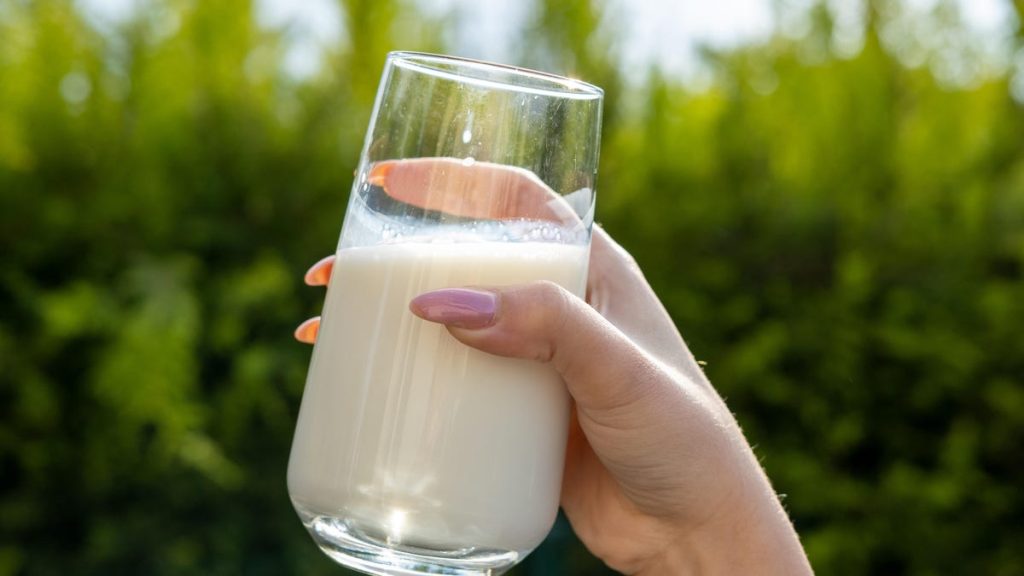Bird flu, also known as avian influenza, has been spreading across the poultry industry in the US since late 2021, and has now spread to cows on farms in multiple states. The US Department of Agriculture has confirmed cases in Kansas, Texas, New Mexico, Michigan, Idaho, and possibly Ohio pending test results. The US Centers for Disease Control and Prevention recently confirmed the second-ever human case of bird flu (H5N1) in the US in a person from Texas who had direct contact with sick cows. Although the threat to the general public is considered low, especially for those who do not spend time around affected animals, health agencies are closely monitoring the situation for any changes that could pose a greater threat to humans.
Despite the spread of bird flu, the US Food and Drug Administration assures the public that pasteurized milk and dairy products in the commercial supply chain pose no risk, as the pasteurization process would effectively eliminate any virus, including avian influenza. However, the consumption of raw milk, which has been growing in popularity among individuals seeking more natural or holistic foods, raises concerns during the current bird flu outbreak. The FDA has stated that it is unclear whether H5N1 viruses can be transmitted through unpasteurized dairy products such as cheese made from raw milk from infected cows, and continues to advise against consuming raw or unpasteurized milk due to the potential risks, especially for vulnerable populations such as children, pregnant women, older adults, and those with weakened immune systems.
Pasteurization is a heating process developed in the 1860s that is widely used to kill harmful bacteria and pathogens in food products, including those that cause illnesses such as E. coli, Listeria, and Salmonella. Health officials emphasize that pasteurization would also kill the virus that causes bird flu, ensuring the safety of pasteurized dairy products in the commercial market. While some individuals prefer raw or unpasteurized milk for its taste and perceived health benefits, research suggests that any minor advantages of raw milk are outweighed by the significant risks of exposure to harmful bacteria such as E. coli and Listeria. The CDC and FDA do not endorse the consumption of raw milk, citing potential health hazards and the lack of proven nutritional benefits compared to pasteurized milk.
While supporters of raw milk believe in its creamier texture and superior taste, as well as anecdotal reports of easier digestion and greater nutrition, scientific research has debunked many of these claims. Health experts caution against the consumption of raw milk, particularly for vulnerable populations who are at higher risk of serious illness from exposure to harmful bacteria and pathogens. Despite the potential benefits of locally sourced and natural foods, the risks associated with consuming raw milk outweigh any perceived advantages, especially as current commercial milk products are pasteurized and safe for consumption. Health and wellness practices should prioritize evidence-based approaches that prioritize food safety and nutritional quality over potential risks.
In the context of the current bird flu outbreak affecting dairy cows, health agencies continue to monitor the situation closely and emphasize the safety of pasteurized dairy products in the commercial market. While the risk of the virus spreading through milk consumption is considered low, the consumption of raw or unpasteurized milk poses significant health risks due to potential exposure to harmful bacteria and pathogens. Individuals are advised to stay informed about food safety practices and prioritize evidence-based approaches to health and wellness, avoiding the consumption of raw milk and opting for pasteurized dairy products for safe and nutritious options.


